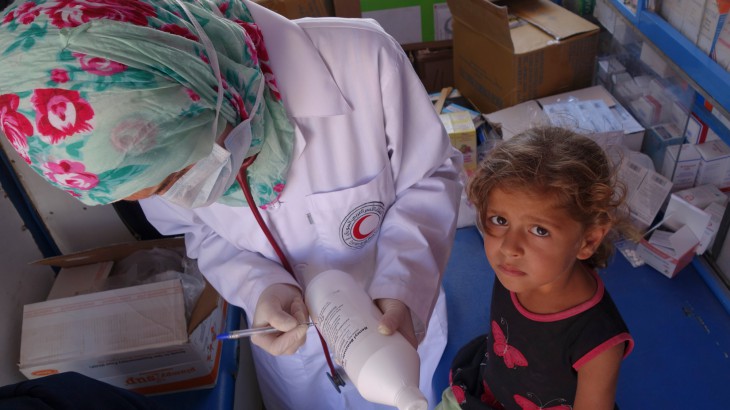Healthcare facilities continue to be targeted in countries affected by armed conflict. This leads to increased suffering of thousands of people today with no relief in sight. Drawing attention to the widespread attacks on medical facilities in countries such as Syria and Yemen, Ali Naraghi, manager of the Health Care in Danger (HCiD) project at the ICRC, emphasizes on the need for greater efforts to meet the humanitarian challenges.
With the World Humanitarian Summit to be held in May – the concerns raised by Naraghi in his article for the HCiD newsletter are vital. As he puts it: “sick and injured people will soon have nowhere to go”.
 Over the last five years in Syria and since the conflict began in Yemen last year, an unprecedented number of health-care facilities have been adversely affected. Naraghi writes, “More than 60% of Syria’s health-care facilities have been either damaged or destroyed since the start of the conflict.” In Yemen too, he says, more than 100 medical facilities have been attacked in the 11 months since the conflict began.
Over the last five years in Syria and since the conflict began in Yemen last year, an unprecedented number of health-care facilities have been adversely affected. Naraghi writes, “More than 60% of Syria’s health-care facilities have been either damaged or destroyed since the start of the conflict.” In Yemen too, he says, more than 100 medical facilities have been attacked in the 11 months since the conflict began.
“The United Nations emergency relief coordinator, Stephen O’Brien, informed the Security Council on 16 February that nearly 600 health-care facilities – about 25% of the country’s health services – had closed. As a result, there are now 220 fewer places to get treatment for acute malnutrition,” he points out.
Calling for greater joint efforts and more attention to the recommendations of the Health Care in Danger initiative, Naraghi emphasizes on the joint statement released after the bombing of the MSF hospital in Kunduz last year as well as the resolution “Health Care in Danger: Continuing to protect the delivery of health care together” adopted by the States party to the Geneva Conventions at the 32nd International Conference of the Red Cross and Red Crescent in December 2015.
Naraghi underlines that “it is also crucial for each State, organization and military or armed group to make individual contributions to safeguarding health care”.


